Bicycle handlebar stem: what is it for and how to choose it?
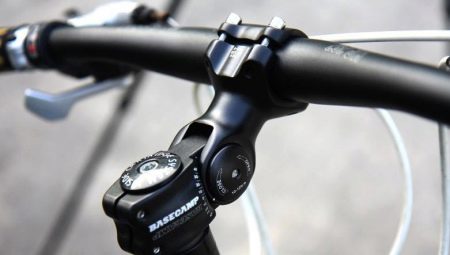
The stem is a vital part of the bike. It connects the steering wheel itself and the fork stem, which is essentially a steering bracket. Accordingly, selection becomes a very important task.
Features of choice
This element is present on almost all types of bikes. But its characteristics may vary depending on the species. These are indicators such as material of manufacture, production technology, size, adjustment and tilt.

To select the stem, you should also take into account the diameter of the mountings: on regular bikes and mountain models, it can differ by more than 60 mm. In this regard, the choice becomes much more difficult. Short bike carriers are most commonly found on street bikes and stunt bikes.
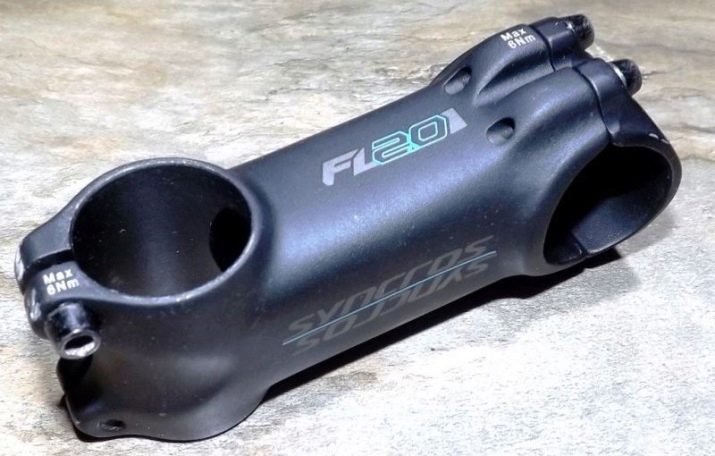
If the binding is small, handling will improve and the rider will sit as straight as possible. In this case, the deflection of the frame is ensured even in the case when the steering wheel is turned slightly. This is very important in urban road conditions, as well as in the case when it is planned to overcome obstacles.
Design
When it comes to road bikes, owners should opt for a long stem. This is due to the fact that driving on the highway requires significant speed and excellent aerodynamic performance. The design of the bike, as well as the position of the rider, affects the air resistance, reducing it. In this case, the extended stem provides a correct fit. The angle can be adjusted, accordingly, the fit is adjusted according to the height.
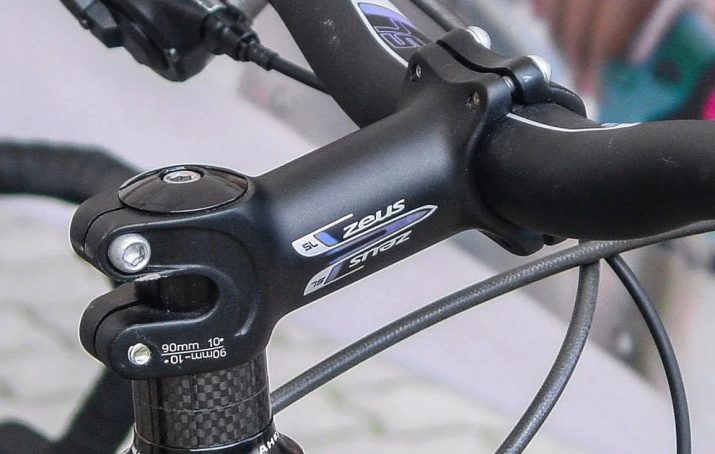
When it comes to mountain bikes, the medium-sized handlebar holders should be considered. And while long stems reduce airflow resistance, shorter stems can improve the bike's maneuverability. When it comes to brackets of medium length, they successfully combine the main advantages of both types. With their use, you can adapt to the conditions of the territory where the movement takes place, respectively, the ride will be safer and more dynamic. If the bike does not have a special purpose, a universal stem should be installed on it..

Types
This element is divided into types depending on the method of attachment. It can be fixed with 1, 2 or 4 fixing bolts.
The stems are divided into short, medium and long stems. There are also universal models. Some of them are non-adjustable, while others can change both the angle of the steering and the distance to it. This is a very important point, since changing the angle allows you to make the position of the handles more convenient, and accordingly, the cyclist will be more comfortable and safe behind the wheel.
Depending on what type of handlebars the bike has, the holder is also selected. For example, for compact bikes, a folding handlebar, which is fixed on a telescopic bracket, is most suitable. With its help, you can not only fold the handles, but also remove the steering wheel itself if necessary.
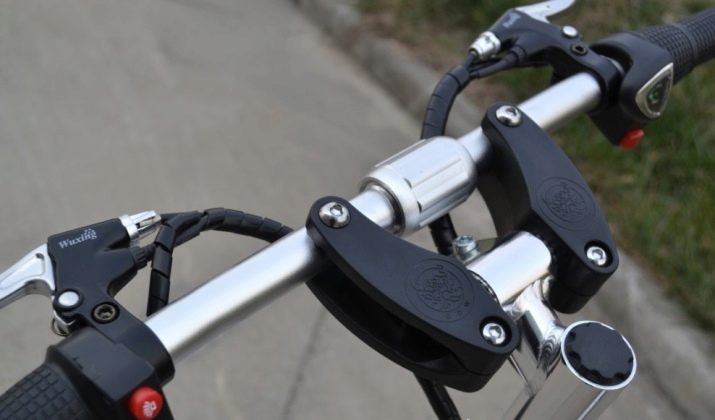
Dimensions (edit)
As for the size of the steering rack, it can be between 5mm and 140mm. Products with a length of up to 40-60 mm are called short and are mainly used on city bikes. Universal holders are available in sizes from 60 to 100 mm. The size of the middle steering brackets is between 100 and 120 mm. The long handlebar bracket is most often used on trail bikes, and its length can be from 120 to 140 mm.
And also the difference in diameter should be noted. The 25.4 mm holder fits on bike bikes designed for city travel. For mountain bikes, 31.8 mm parts are intended. And, finally, for the track - the figure is 35 mm.
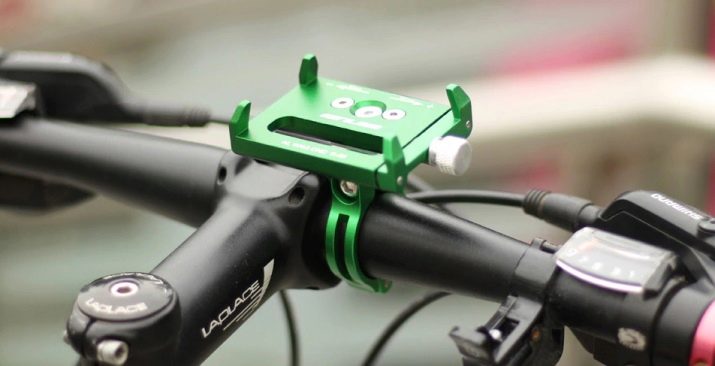
How to set the length of the bracket?
Ease of control of the bike, its maneuverability and the rider's position most often depend on the height and angle of the steering wheel. Stem length refers to the distance from the center of the handlebar to the center of the headset. And the more significant this indicator, the more the person will sit at a greater inclination. It should be noted that when driving on uneven roads, a large stem is very inconvenient, but cyclists who have been driving for a long time feel comfortable with it.
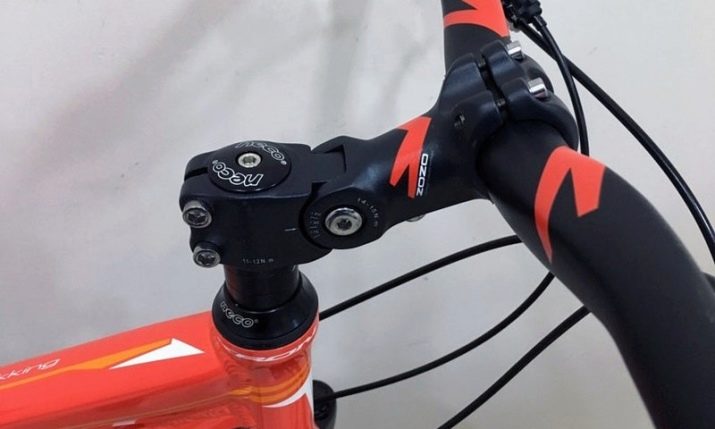
The short stem is most relevant for people who value agility. In this case, the steering wheel is placed as close to the chest as possible.
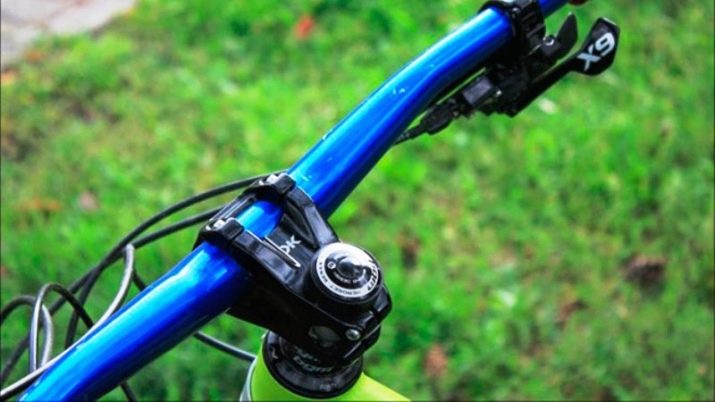
The stem length is measured as follows:
- for a start, the saddle is installed in the most comfortable way for the bike owner;
- after that, an elbow is applied to the edge of his nose - with an ideal distance, the rider should reach the steering wheel with his fingers.

If you are planning mainly walks on city roads, the steering wheel should be a little closer to the axis, and with long movements, on the contrary, a little further from it, which will allow the human body to be as horizontal as possible. In this situation, you can allow your fingers to touch the middle of the mount.

It should be noted that it is most convenient in most cases when the steering wheel is at a distance of 100-120 mm from the steering axle. If the cyclist feels uncomfortable with different mounting options, this may mean that the frame is too small. In this case, it makes sense to look for other options.
In addition, there are a few more nuances to consider. If a person is going to choose a long bicycle stem, he should be aware that the body will move in this case. Accordingly, the load on the front wheel will be increased. This can create certain difficulties when descending the mountain. However, on the uphills, on the contrary, it is very convenient.

The horizontal tilt of the rider's body allows the handlebars to be far away. In this case, the load on the hands becomes many times greater.
With a short steering rack, the center of gravity shifts to the rear. This is handy when demonstrating bike tricks, as the front wheel can be easily lifted. In addition, the steering wheel is more conveniently twisted, respectively, it is easier to maintain balance, since the bike does not tilt to the side.

Manufacturing materials
The cost of the part also depends on the choice of material of manufacture. The most budgetary options are steel and iron. They are mainly used in domestic production. Among the minuses, first of all, one can name the serious weight of the products. This leads to the expenditure of unnecessary efforts on the part of the cyclist, and also burdens the structure in general.
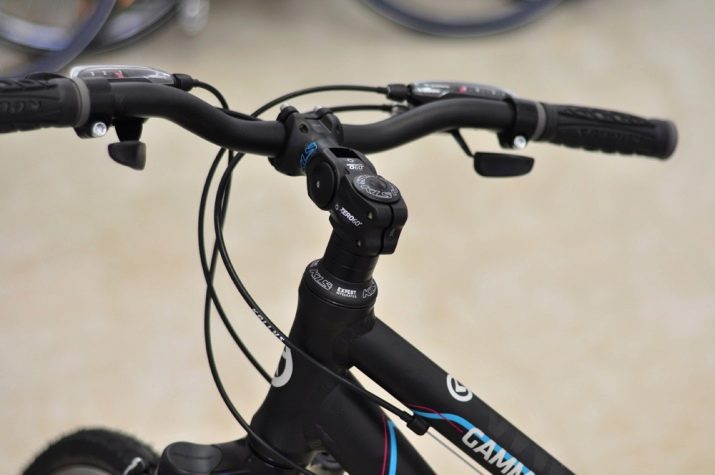
Higher quality and more expensive parts are made on the basis of aluminum alloys, processed by means of cold forging. The optimal solution is carbon fiber. Products made from it are often used by athletes as they help to reduce the weight of the bike.
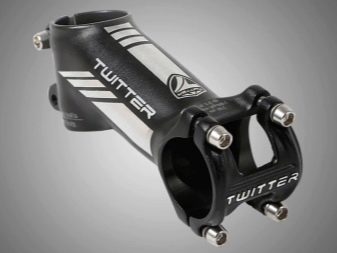

Manufacturing technologies
The steering wheel can be carried out using various technologies: welding, forging, milling, as well as a mixed method.
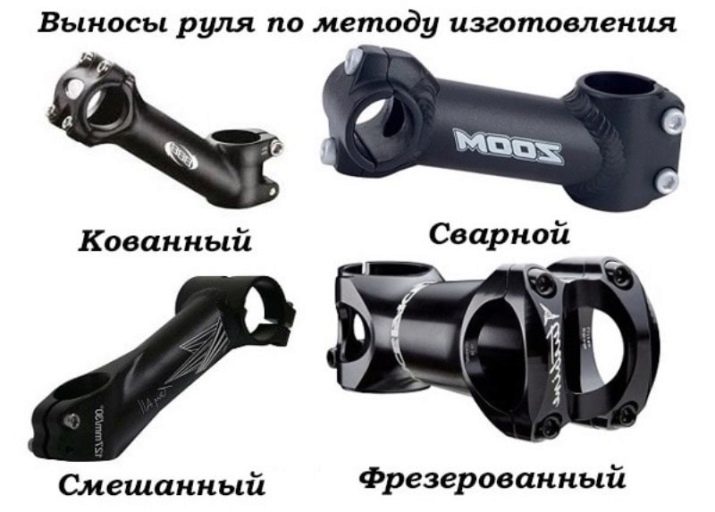
When it comes to welding, it is only used for cheap models. The main disadvantage is the seams. In addition, severe loads often lead to cracks on the product.
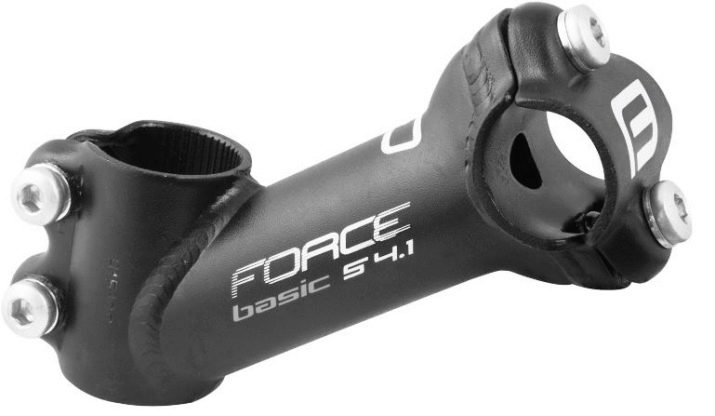
The most popular technology is forging. These stems are very durable and lightweight. In addition, in this situation, it turns out to get rid of the welded seams.
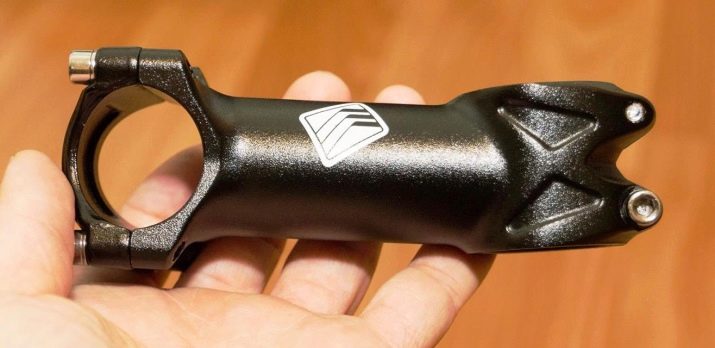
During milling, cast products are machined on the machine. It should be noted their strength and reliability. This is the best option for significant steering loads.
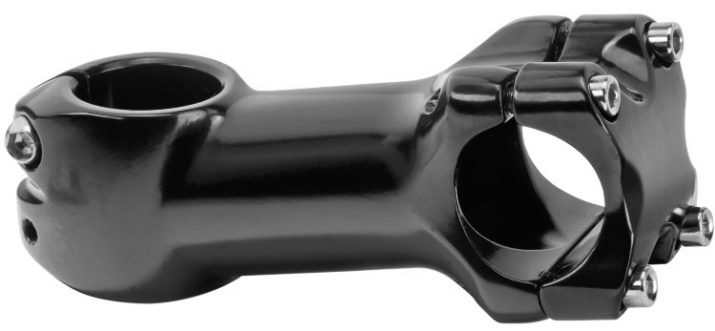
Finally, with mixed production technology, the fork clamp is directly in the holder and the head is welded. The price of such parts is quite budgetary, and the quality is at a high level.
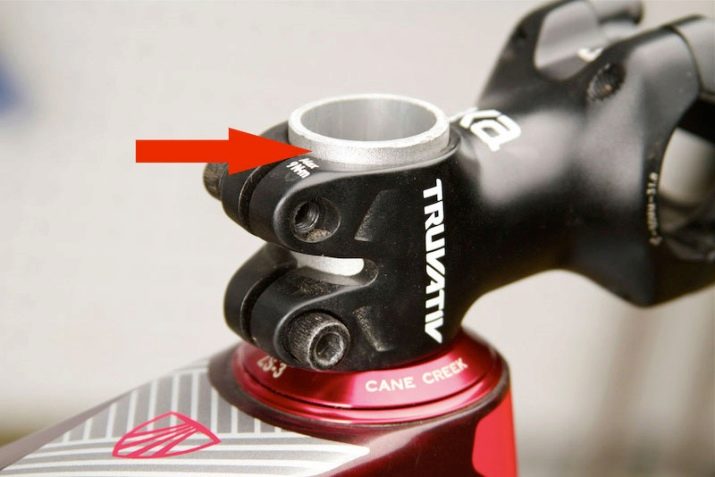
Features of removal and replacement
Every owner should keep in mind that in the event that defects appear on various parts of the steering wheel, they must be replaced. If the holder was originally welded to the yoke stem, it must also be replaced. In the case of installation on bolts, everything is much simpler, they simply unscrew.
For dismantling, first of all, a pin is removed from the fork tube. This requires unscrewing the central nut.

The bracket is adjustable to adjust the angle of inclination. This can be done by tightening the bolts. The length is set in the same way. Do not be afraid to carry out the adjustment more than once, but several times, since it is in this way that the most comfortable position for the cyclist is selected.
Experts advise installing an unregulated stem in urban and recreational bikes. In a product that will cost an order of magnitude more expensive, in this case there is no particular sense. Adjustable parts are essential for mountain and sprint bikes.
However, whichever option is chosen, in the first place it should be comfortable for the cyclist. Otherwise, cycling will not be enjoyable and may become unsafe.
For information on how to choose a bicycle stem, see the next video.








